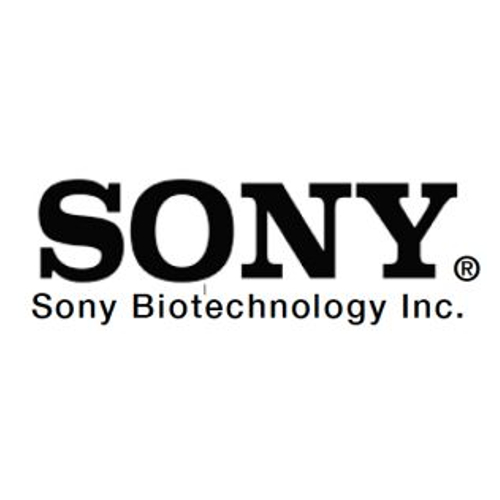CCR7 / PE-Fire 640 / G043H7
Product Details
| Description | PE/Fire 640 anti-human CD197 (CCR7) | |
|---|---|---|
| Conjugate | PE-Fire 640 | |
| Clone | G043H7 | |
| Target Species | African Green Monkey, Baboon, Cynomolgus, Human, Rhesus | |
| Applications | FC | |
| Supplier | Sony | |
| Catalog # | Sign in to view product details, citations, and spectra | |
| Size | ||
| Price | ||
| Antigen | ||
| Host | ||
| Isotype |
About CCR7
The protein encoded by this gene is a member of the G protein-coupled receptor family. This receptor was identified as a gene induced by the Epstein-Barr virus (EBV), and is thought to be a mediator of EBV effects on B lymphocytes. This receptor is expressed in various lymphoid tissues and activates B and T lymphocytes. It has been shown to control the migration of memory T cells to inflamed tissues, as well as stimulate dendritic cell maturation. The chemokine (C-C motif) ligand 19 (CCL19/ECL) has been reported to be a specific ligand of this receptor. Signals mediated by this receptor regulate T cell homeostasis in lymph nodes, and may also function in the activation and polarization of T cells, and in chronic inflammation pathogenesis. Alternative splicing of this gene results in multiple transcript variants. [provided by RefSeq, Sep 2014]
The protein encoded by this gene is a member of the G protein-coupled receptor family. This receptor was identified as a gene induced by the Epstein-Barr virus (EBV), and is thought to be a mediator of EBV effects on B lymphocytes. This receptor is expressed in various lymphoid tissues and activates B and T lymphocytes. It has been shown to control the migration of memory T cells to inflamed tissues, as well as stimulate dendritic cell maturation. The chemokine (C-C motif) ligand 19 (CCL19/ECL) has been reported to be a specific ligand of this receptor. Signals mediated by this receptor regulate T cell homeostasis in lymph nodes, and may also function in the activation and polarization of T cells, and in chronic inflammation pathogenesis. Alternative splicing of this gene results in multiple transcript variants. [provided by RefSeq, Sep 2014]
About PE-Fire 640
PE-Fire™ 640 from Biolegend is a red-emitting tandem fluorophore that combines pycoerythrin (PE) and Fire™ 640. The donor molecule, PE can be excited by the 488-nm blue, 532-nm green, or 561-nm yellow-green laser and and transfers energy to the acceptor molecule, Fire™ 640, which emitts light that can be captured with a 630/69 nm bandpass filter. PE-eF610 has an excitation peak at 565 nm and an emission peak at 639 nm. In spectral cytometry, this dye can be accurately unmixed from other dyes with highly overlapping spectral profiles, such as PE-Dazzle® 594 and PE-Cy5. PE-Fire™ 640 is recommended for labeling antigens that: (1) are expressed on a small subset (2) will be excluded from final analysis, and (3) require a bright signal but are not co-expressed with an antigen marked by a dye with overlapping spectra.
PE-Fire™ 640 from Biolegend is a red-emitting tandem fluorophore that combines pycoerythrin (PE) and Fire™ 640. The donor molecule, PE can be excited by the 488-nm blue, 532-nm green, or 561-nm yellow-green laser and and transfers energy to the acceptor molecule, Fire™ 640, which emitts light that can be captured with a 630/69 nm bandpass filter. PE-eF610 has an excitation peak at 565 nm and an emission peak at 639 nm. In spectral cytometry, this dye can be accurately unmixed from other dyes with highly overlapping spectral profiles, such as PE-Dazzle® 594 and PE-Cy5. PE-Fire™ 640 is recommended for labeling antigens that: (1) are expressed on a small subset (2) will be excluded from final analysis, and (3) require a bright signal but are not co-expressed with an antigen marked by a dye with overlapping spectra.
Experiment Design Tools
Panel Builders
Looking to design a Microscopy or Flow Cytometry experiment?
Validation References
Reviews & Ratings
| Reviews |
|---|
Looking for more options?
867 CCR7 antibodies from over 35 suppliers available with over 90 conjugates.





